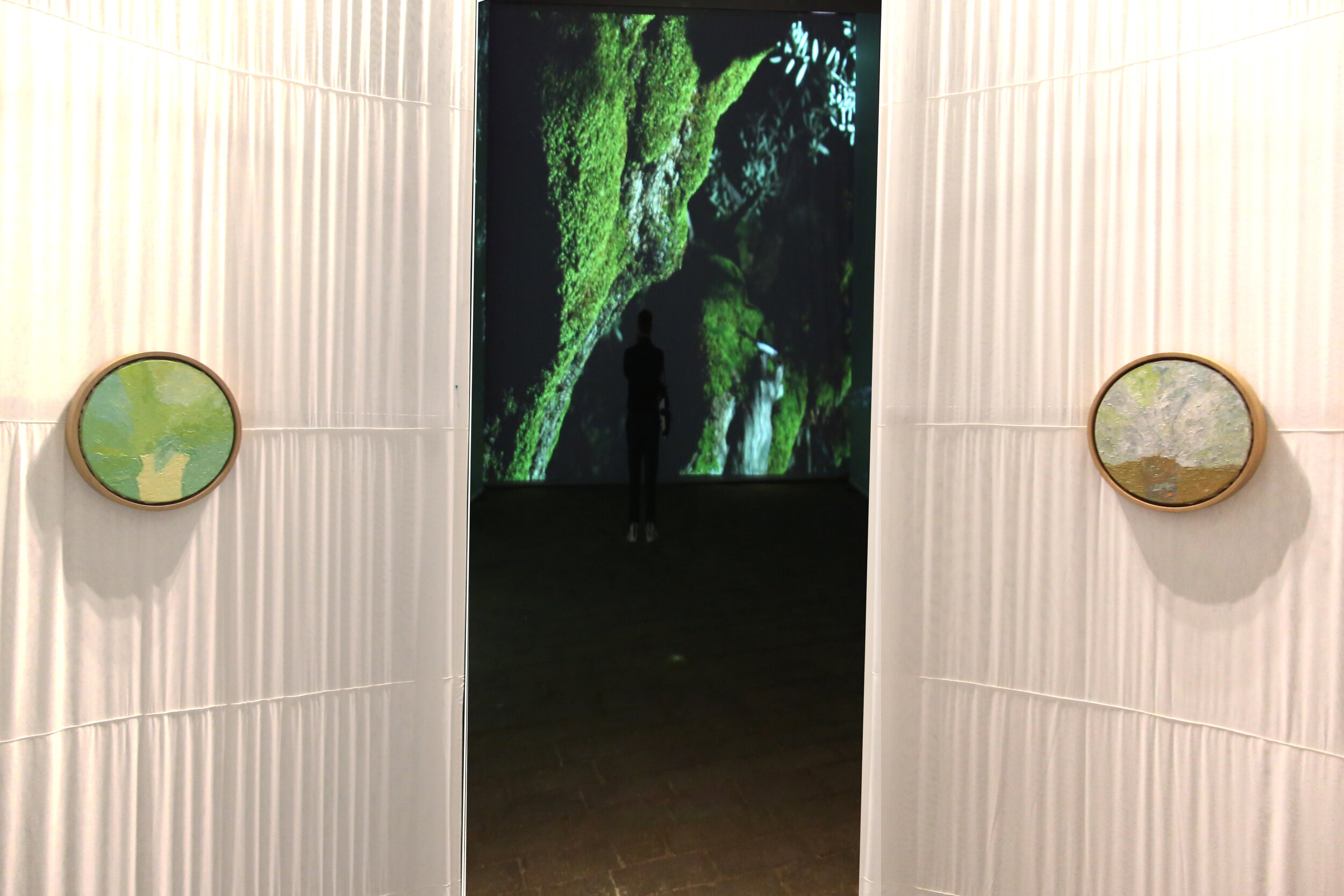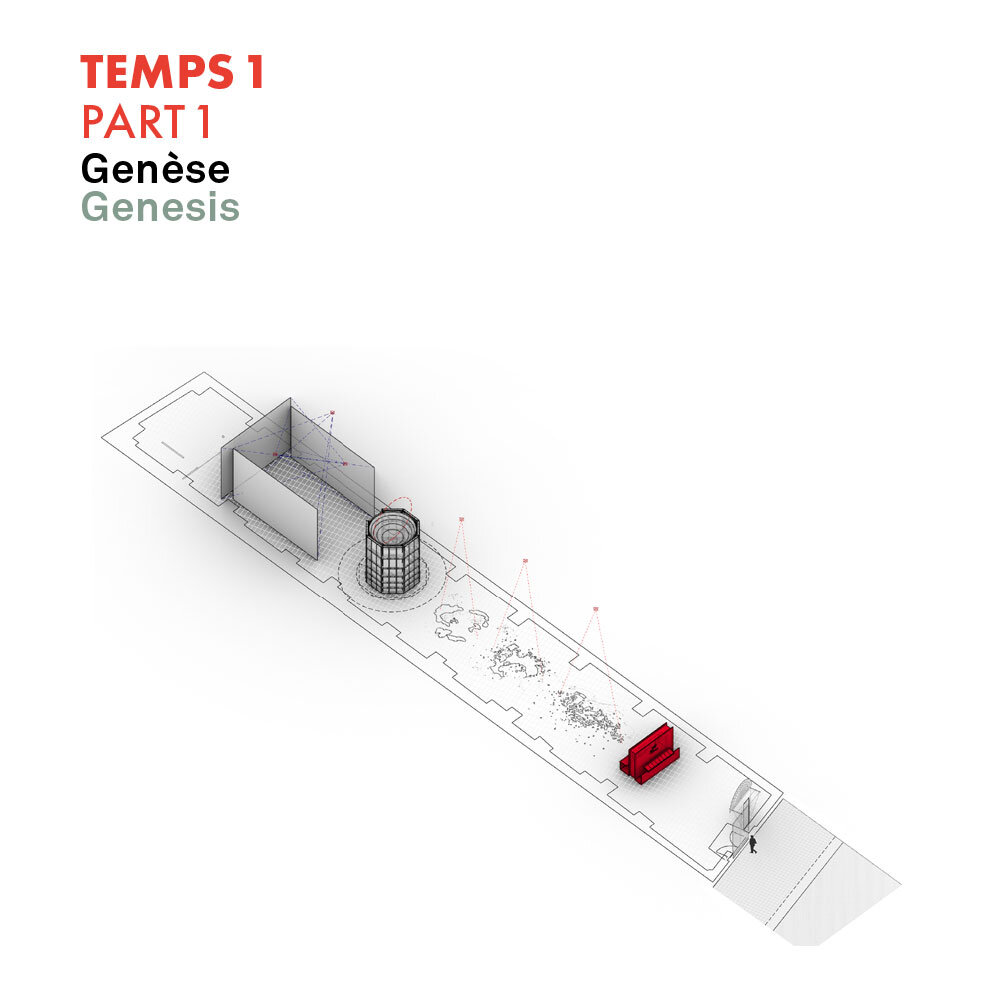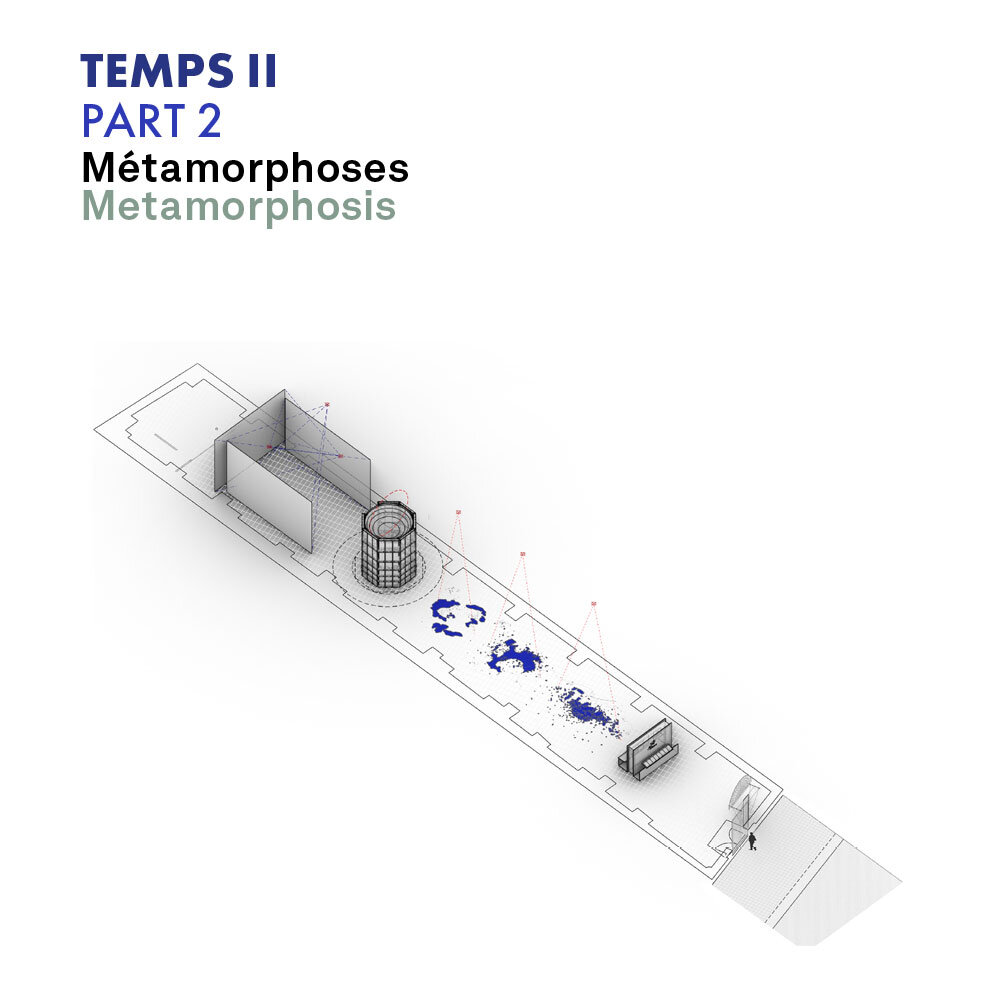LA BIENNALE DI VENEZIA | 22 May to 21 November 2021
The Lebanese Pavilion in Venice
“The project affirms the need for empty space and for life that might inhabit it as a form of silence.”
— Hala Wardé
«Nous allons ancrer ce projet dans la nécessité du vide, et la vie qui peut l’habiter comme un silence.»
– Hala Wardé
The architectural arrangement of the Lebanese Pavilion is integrated into the space of the Magazzino del Sale following a rigorous geometry and rhythm. It unfolds in four stages:
Le dispositif architectural du Pavillon libanais s’inscrit dans l’espace du Magazzino del Sale selon une géométrie et un rythme rigoureux. Il se déploie en quatre temps :
Part 1. An introduction on the question of void and silence, as observed in the trunks of the millennial olive trees of Lebanon. “The olive trees of Bchaaleh”, a series of 16 black and white photographic prints by the Lebanese photographer Fouad Elkoury, bear witness to the meeting of past and present. The “Antiformes” of Paul Virilio,are an exploration of space and absent-matter. They lead us to a new form of architecture, expressing notions of in-between, and are put into relation with a photogrammetric survey of the millennial trees.
Temps I. Une introduction sur la question du vide et du silence, observés au coeur des arbres millénaires du Liban. Les oliviers de Bchaaleh, 16 tirages photographiques en noir et blanc de Fouad Elkoury, portent le témoignage de la rencontre entre le passé et le présent. Les Antiformes de Paul Virilio, exploration de l’espace et de la matière absente qui nous mène à une nouvelle forme d’architecture, expriment ces notions d’entre-deux, et sont mises en regard avec des relevés photogrammétriques des arbres millénaires.
Part 2. Metamorphosis, a trail of glass on the ground. Broken by the blast of the port of Beirut, or transformed by a glassblower, these forms and fractal traces materialize the impact of the explosion in the city. A form of void that metamorphoses into an Antiforme then into a large-scale imprint of a tree hollow.
Temps II. Métamorphoses, une trainée de verres au sol. Cassés par le souffle de l’explosion du port de Beyrouth, ou transformés par un souffleur, ces formes ou traces fractales matérialisent l’impact de la déflagration dans la ville, une forme de vide qui se métamorphose en Antiforme, puis en empreinte à grande échelle du creux d’un arbre.
Part 3. The Olive trees, Pillars of time, a triptych video- projection of the millennial olive trees of Lebanon. Filmed in the darkness of the night by the filmmaker, photographer and visual artist Alain Fleischer, these olive trees offer a sensitive experience of emptiness and light. It is accompanied by a musical creation “Falling into Time” by the sound-artists Soundwalk Collective.
Temps III. Les Oliviers, Piliers du Temps, une projection en triptyque des oliviers millénaires du Liban. Filmés dans l’obscurité de la nuit par Alain Fleischer, ces oliviers offrent une expérience sensible du vide et de la lumière, accompagnée d’une création musicale Falling into Time, des artistes sonores Soundwalk Collective.
Part 4. The central room, housing the work of Etel Adnan, conceived in the cyclical logic of her poem-in-painting “Olivéa : Hommage à la déesse de l’olivier”. The artist does not show this or that olive tree, but rather the feeling inspired by this legendary tree that has accompanied the Mediterranean civilizations. The small,circular and octagonal building is crowned with a hemispherical roof, bordered by light. Its absence of limit contributes to making it an essential place: A Roof for Silence.
Temps IV. La pièce centrale, abritant l’œuvre d’Etel Adnan, est conçue dans la logique cyclique de son poème-en-peinture, Hommage à la déesse Olivéa. L’artiste n’y représente pas tel ou tel olivier mais le sentiment que lui a inspiré cet arbre légendaire qui a accompagné les civilisations méditerranéennes. Ce petit bâtiment de forme circulaire et octogonale est couronné d’un toit semi sphérique bordé de lumière, dont l’absence de limites contribue à en faire un lieu essentiel : Un Toit pour le Silence.
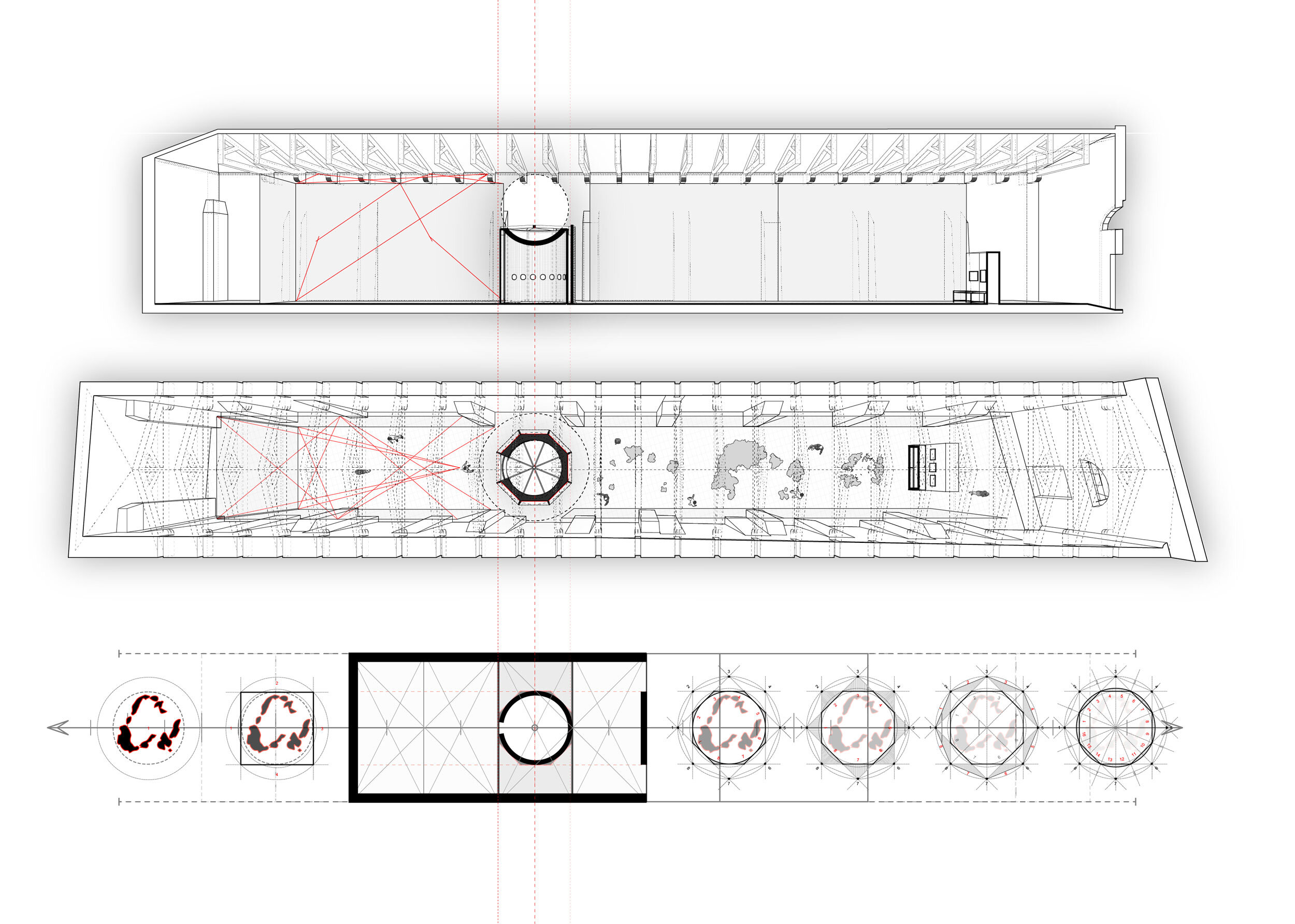
A Roof for Silence | Installation © HW-architecture
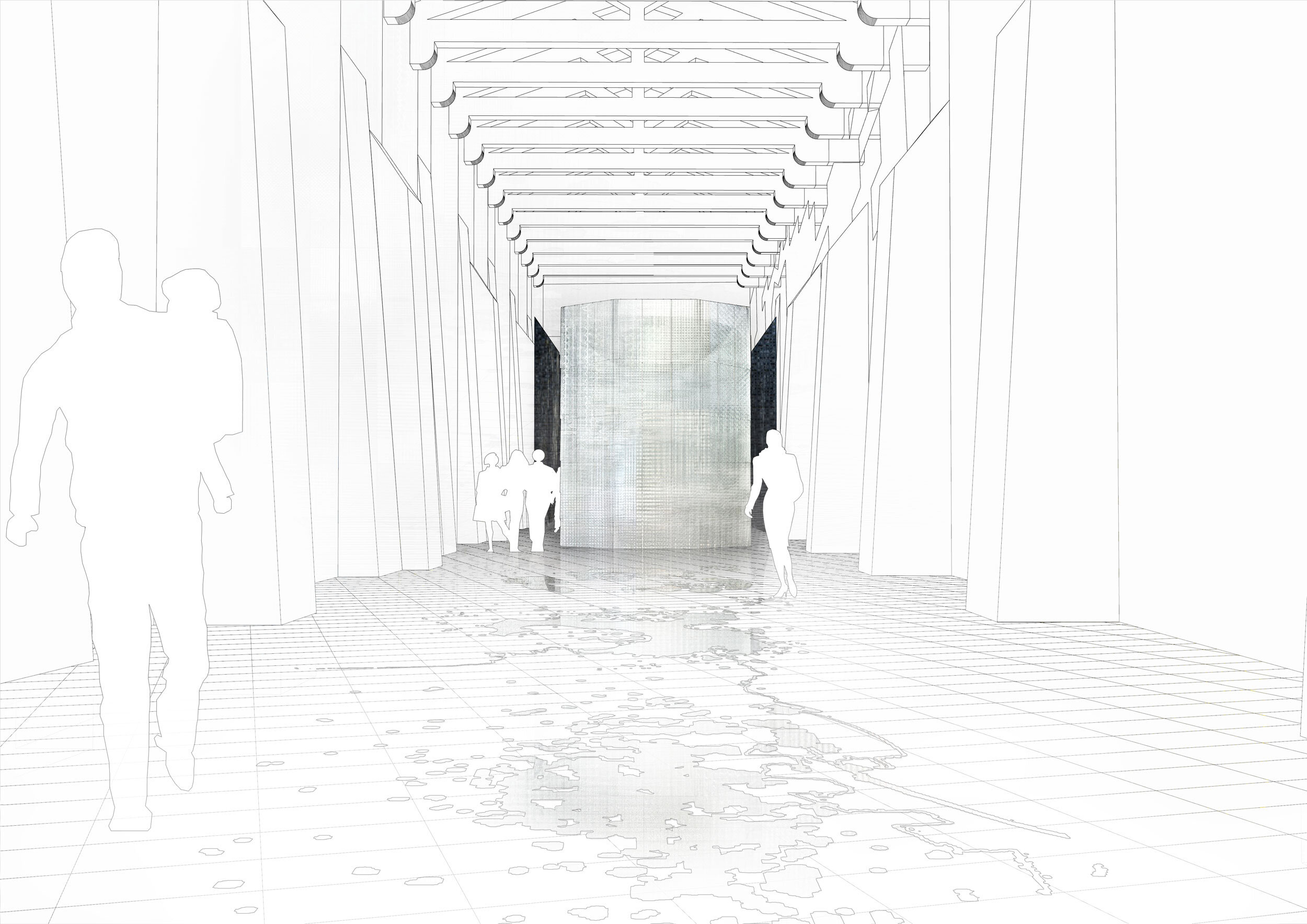
A Roof for Silence | Perspective 01 © HW-architecture
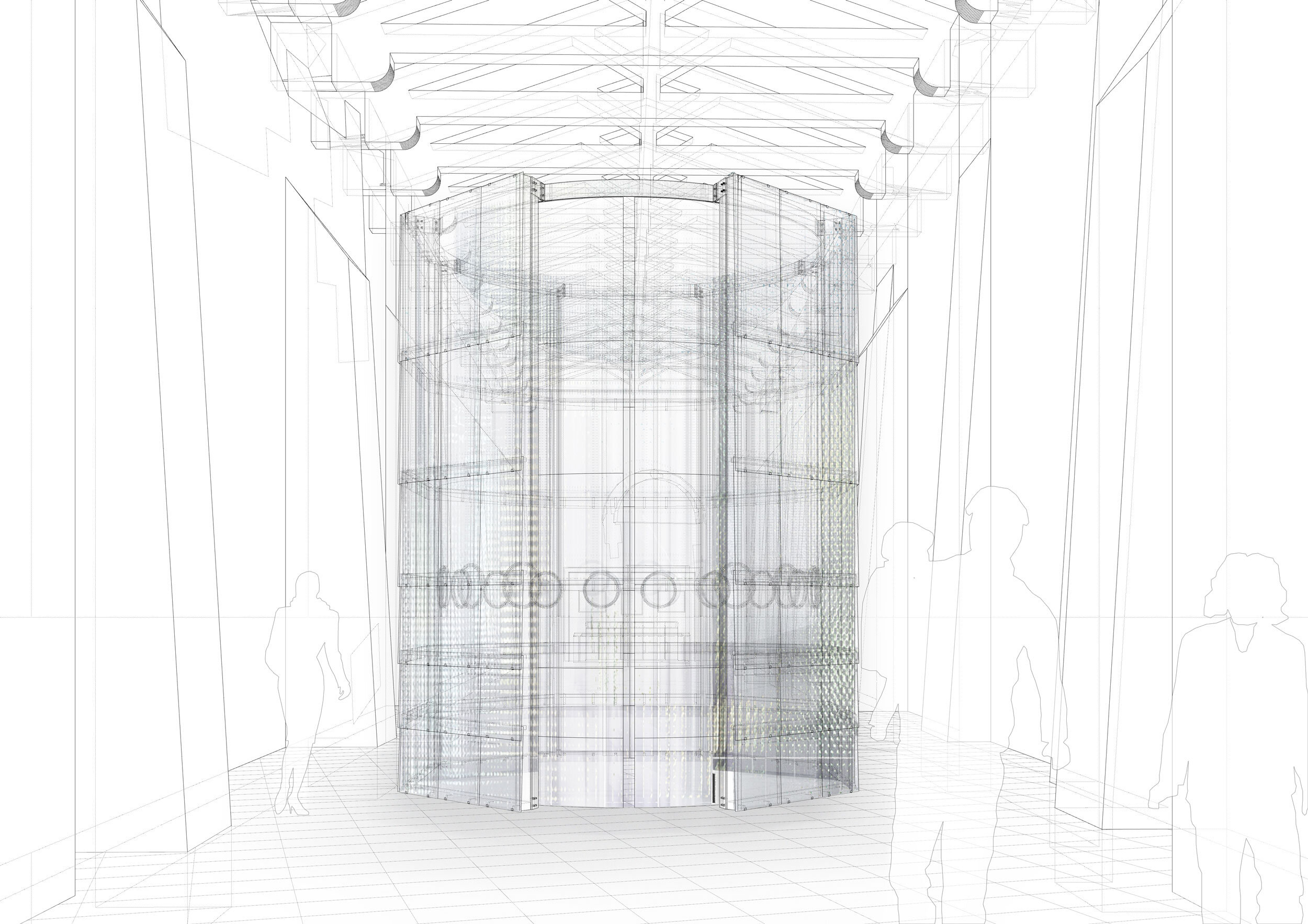
A Roof for Silence | Perspective 02 © HW-architecture






